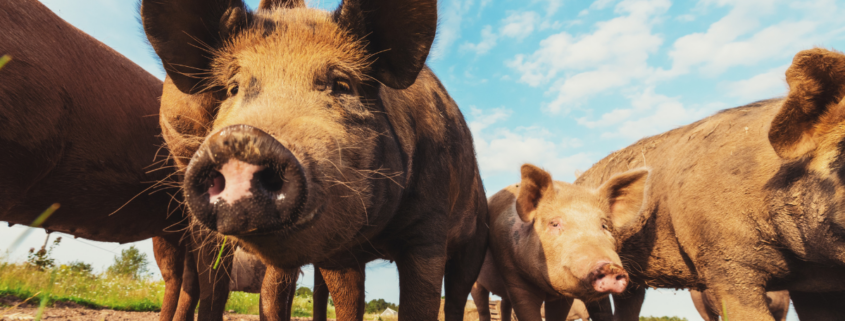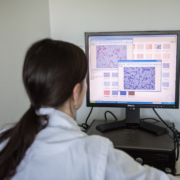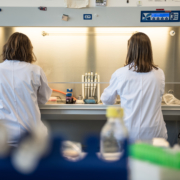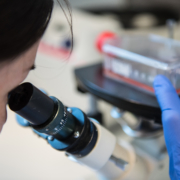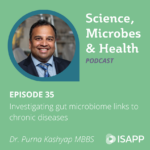The gut-brain axis in livestock animals: Is there a place for biotics in changing pig behavior?
By Prof. Seppo Salminen PhD, University of Turku, Finland
When pigs are kept as livestock, ‘manipulative behaviour’ is relatively common and it most often consists of biting, touching, or close contact with ears or tails of pen mates, without always resulting in visible wounds. Such pig behavior can cause stress and sometimes results in physical injuries. Chronic stress, nutritional deprivation, diet formulation, health problems, environmental discomfort, high stocking density and competition over resources are among the reported risk factors for tail biting in pigs. However, the precise factors behind behavioral problems in domesticated pigs remain poorly understood. It has been suggested that manipulative behavior may be associated with gut microbiota composition and activity via the gut-brain axis, with potential influence from the metabolites produced by gut microbes.
A multidisciplinary team of researchers recently assessed manipulative pig behaviour and gut microbiota interrelations (König et al. 2024). The aim was to identify pigs performing tail and/or ear manipulation (manipulator pigs) and to compare their fecal microbiota with that of control pigs not manifesting such behaviour. The study was conducted by analyzing video recordings of 45-day-old pigs. Altogether 15 manipulator-control pairs were identified (n = 30). Controls did not receive nor perform manipulative behaviour.
Rectal fecal samples of manipulators and controls were compared on two parameters: (1) culturable lactobacilli, and (2) microbiota composition. 16S PCR was used to identify Lactobacillaceae species after culture isolation, and 16S amplicon sequencing was used to determine fecal microbiota composition. The researchers found fewer culturable Lactobacillaceae species in fecal samples of pigs performing manipulative behaviour, with seven culturable Lactobacillaceae species identified in control pigs and four in manipulator pigs. Manipulators (p = 0.02) and female pigs (p = 0.005), however, expressed higher overall counts of Lactobacillus amylovorus, and the researchers found a significant interaction (sex * status: p = 0.005) with this sex difference being more marked in controls. Manipulator pigs tended to express higher total abundance of Lactobacillaceae but lower alpha diversity. A tendency for an interaction was seen in Limosilactobacillus reuteri (sex * status: p = 0.09). The results add to the findings of an earlier study reporting that intestinal microbiota was changed and lactobacilli were more abundant in a negative control group compared with biting pigs (Rabhi et al. 2020). Taken together, these studies suggest that specific lactobacilli as well as low diversity of Lactobacillaceae may be factors impacting manipulative behavior.
Manipulative behavior is an important challenge in swine production as it impacts animal welfare and health and the economics and safety of the pork meat supply chain. With emerging information on the gut-brain axis in various animals, scientists are exploring the potential contributions of intestinal microbiota to such behaviors. With recent studies suggesting that there may be a link between observed low diversity in species of Lactobacillaceae and the development of manipulative behaviour, perhaps specific biotics could be used to increase and modulate lactobacilli (selected species and diversity) to control tail and ear biting in pigs. Studies in the future may investigate this possibility.
References
König E, Heponiemi P, Kivinen S et al. Fewer culturable Lactobacillaceae species identified in faecal samples of pigs performing manipulative behaviour. Sci Rep. 2024;14:132. doi: 10.1038/s41598-023-50791-0.
Rabhi N, Thibodeau A, Côté JC, Devillers N, Laplante B, Fravalo P, Larivière-Gauthier G, Thériault WP, Faucitano L, Beauchamp G, Quessy S. Association Between Tail-Biting and Intestinal Microbiota Composition in Pigs. Front Vet Sci. 2020 Dec 9;7:563762. doi: 10.3389/fvets.2020.563762.

